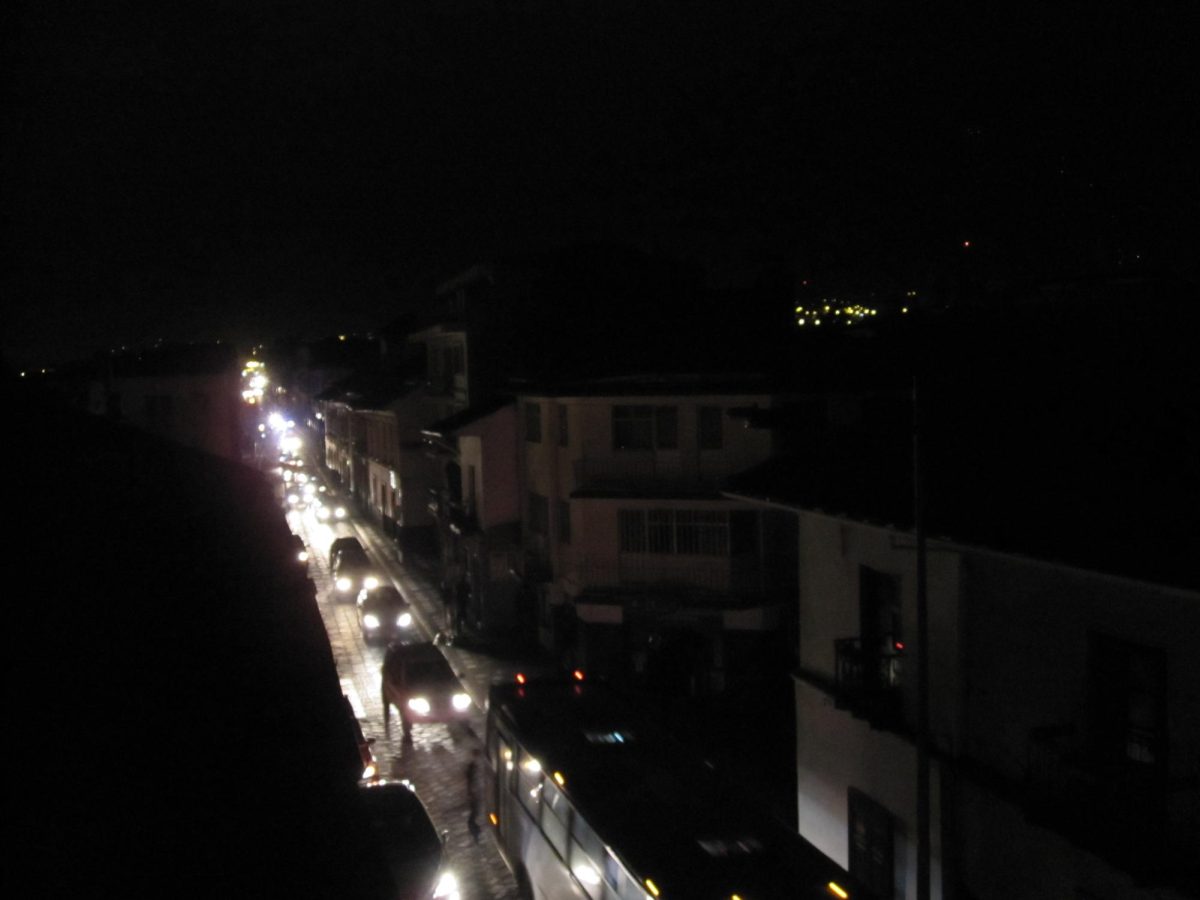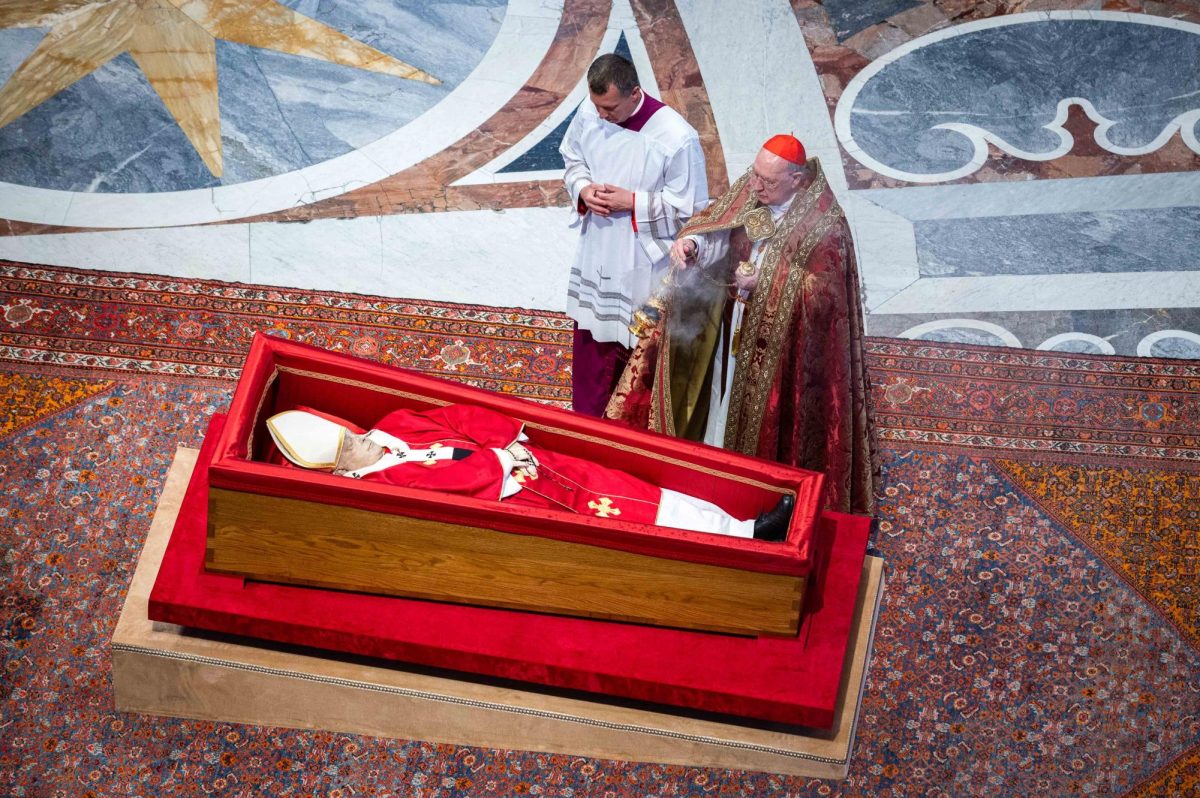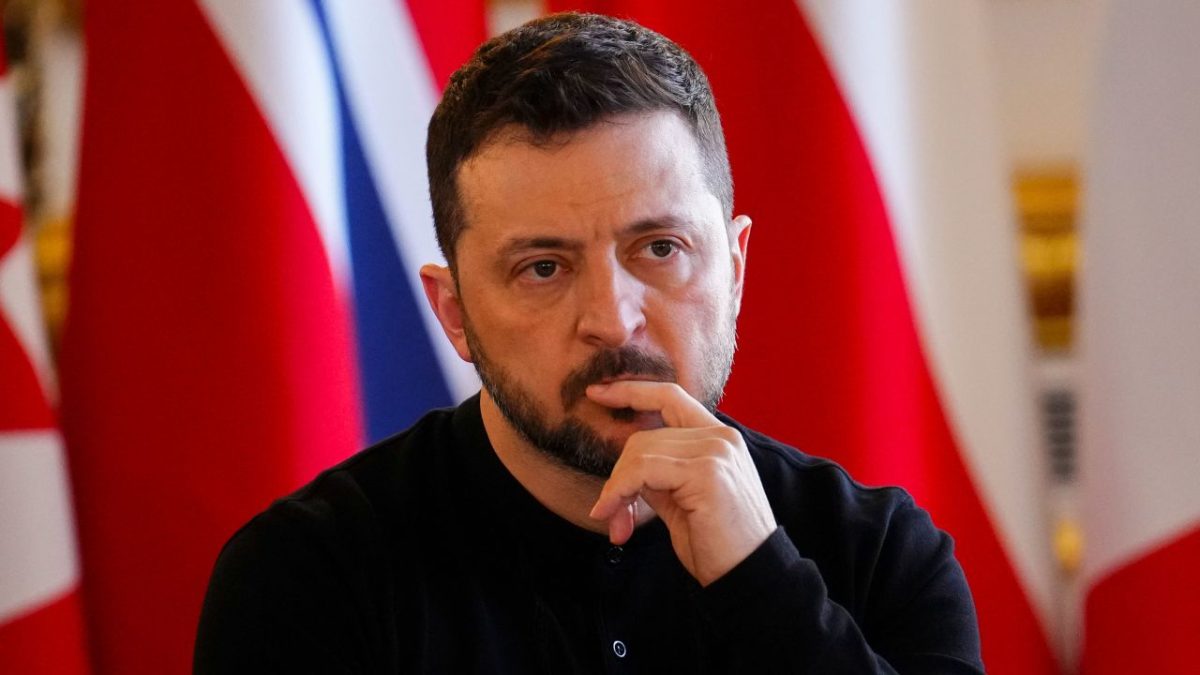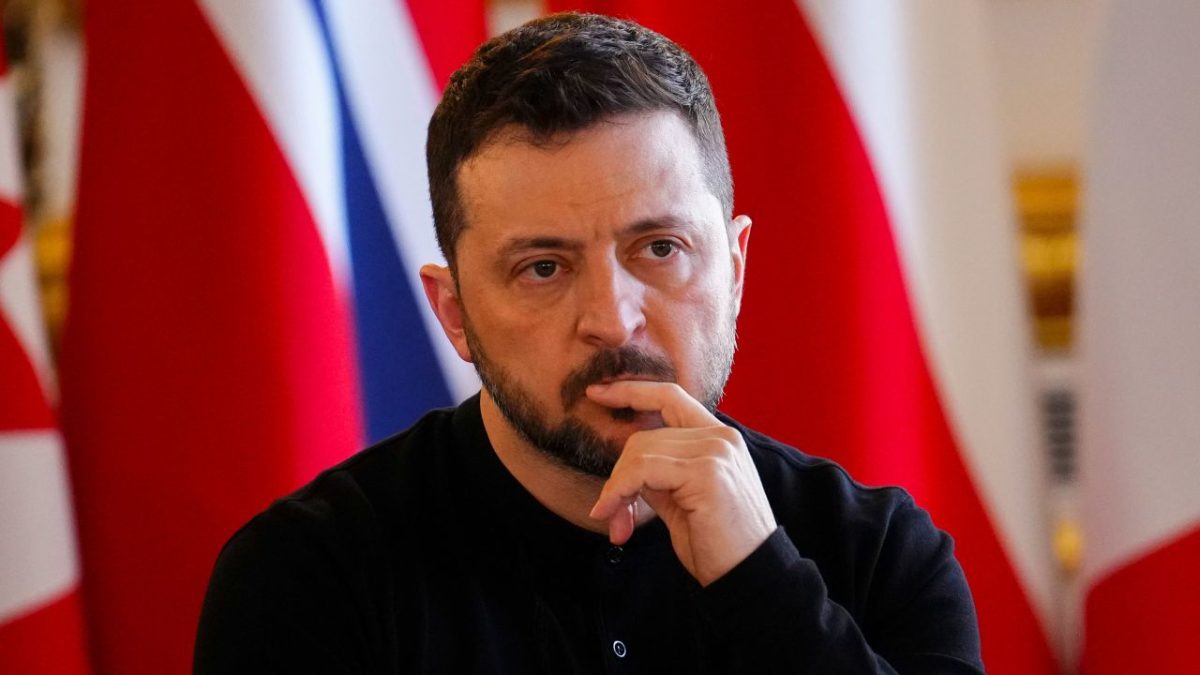The volcanic eruption caused many losses and evacuations in that particular area. On
December 18th, 2023, on Monday night in Iceland, a volcano erupted in the Reykjanes
peninsula in the southwest of Iceland after many evacuations and earthquakes.
December 18th, 2023, on Monday night in Iceland, a volcano erupted in the Reykjanes
peninsula in the southwest of Iceland after many evacuations and earthquakes.
The eruption began at 10:17 p.m local time in the northwest of Grindavik, a fishing town. Back
in November, Iceland authorities were preparing for a volcanic eruption since earthquake
activity increased. According to the Icelandic Meteorologic Society, the eruption was roughly two
miles away from Grindavik, located in the southwest of the Reykjanes peninsula. They did fear
the possibility of an eruption on the peninsula; 4,000 people from Grindavik were evacuated as
a precaution last month.
Volcanologist Dr Evgenia Ilyinskaya, an associate professor of volcanology at Leeds
University, explained to the BBC that there wouldn’t be the same level of disruption as the 2010
volcanic eruption that caused ash to plump to several kilograms in the atmosphere, leaving
several days of travel disrupted in Europe. These volcanoes from the Southwest of Iceland
weren’t physically able to generate the same ash clouds. Dr Evgenia Ilyinskaya stated, “Local
people had been both “fearing and waiting for” the volcano to erupt.” She also added Authorities
were preparing for potential lava flows that could destroy homes and infrastructure, including the
Blue Lagoon, a popular tourist attraction.
The Icelandic Met Office said, “At 12:30 GMT on Tuesday the power of the eruption was
decreasing, but gasses from the volcano could still reach Reykjavik.” Someone who lives in
Sandgeroi, named Aoalheiour Halldorsdottir, about 20 km from Grindavik, stated she saw the
eruption from her home. Aoalheiour said to BBC News, “It was crazy to see it with my own eyes.
We have had volcano explosions before, but this was the first time I got really scared. We’re
used to volcanoes [erupting], but this was crazy.” She also said there was some “panic” on
Monday night, and that she bought extra supplies of water, but that things had largely returned to
normal on Tuesday. “I’m at work right now and I can still see the lights in the sky.”
We have had volcano explosions before, but this was the first time I got really scared. We’re
used to volcanoes [erupting], but this was crazy.” She also said there was some “panic” on
Monday night, and that she bought extra supplies of water, but that things had largely returned to
normal on Tuesday. “I’m at work right now and I can still see the lights in the sky.”
Iceland’s main international airport, Keflavik Airport remains open as their flights arrive and
depart despite the international airport being 20 km north from the eruption site. However, the
road between Grindavik and the international airport is closed. Bjarni Benediktsson, Iceland’s
foreign minister, stated on Twitter (now X), “There are no disruptions to flights to and from
Iceland, and international flight corridors remain open. The jets of lava are quite high, so it
appears to be a powerful eruption at the beginning.”






